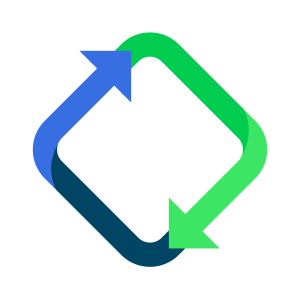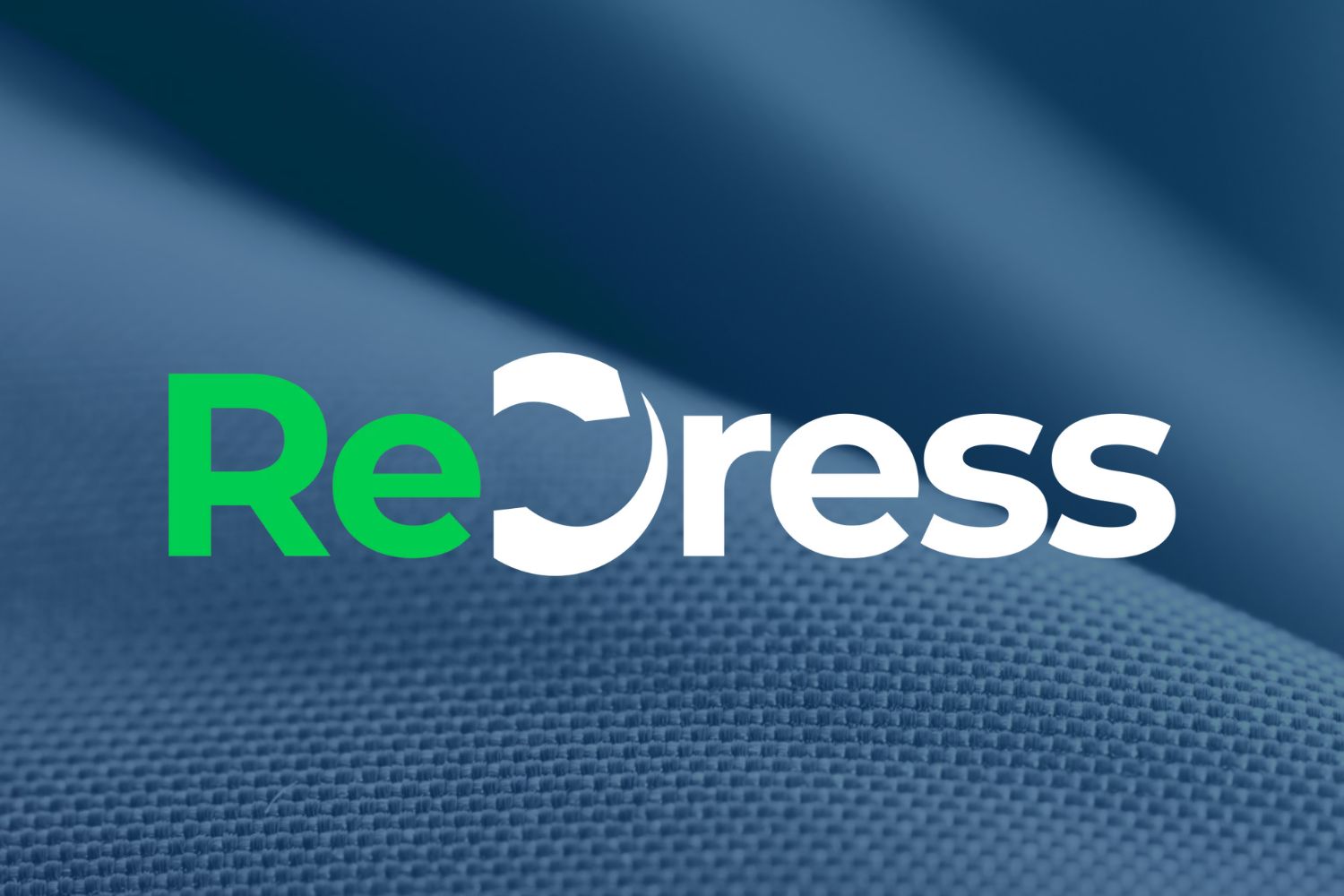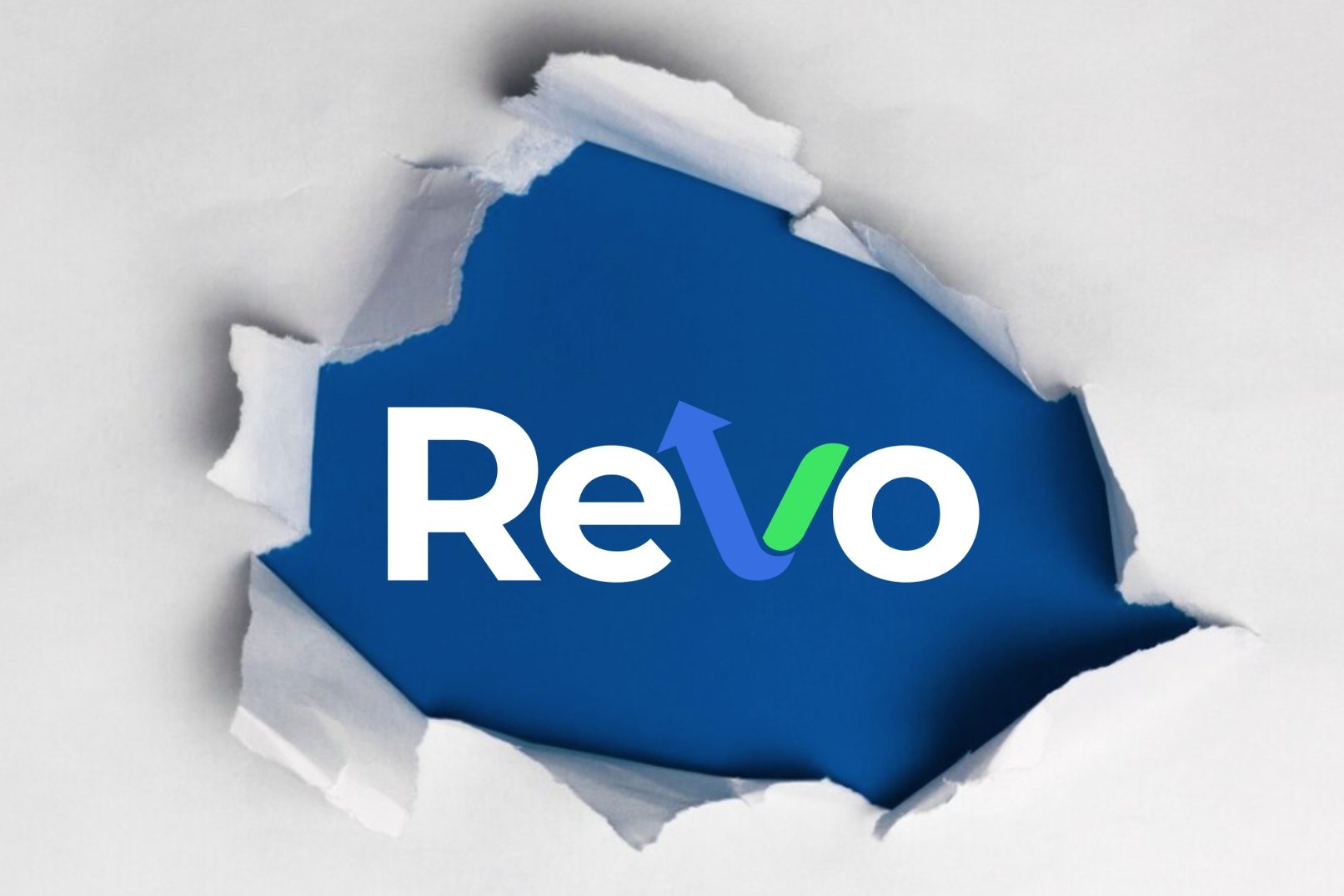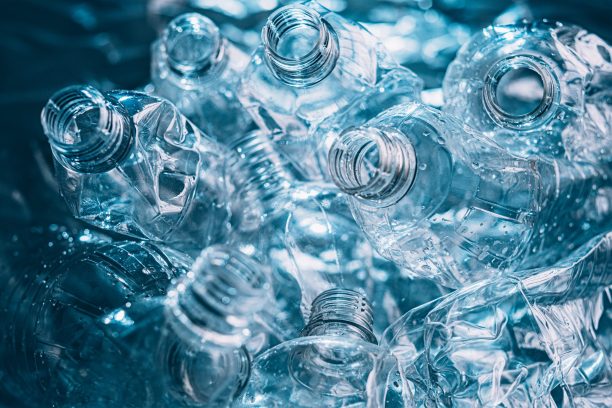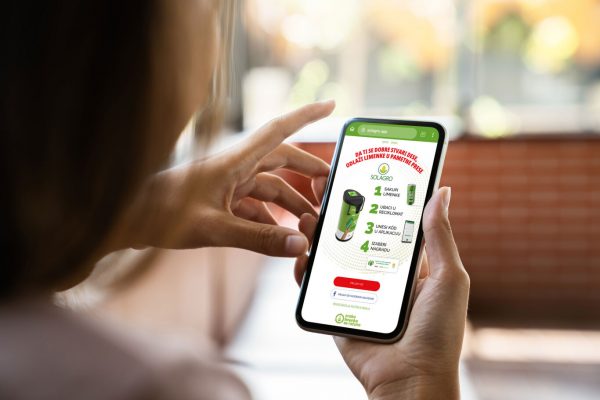EPR Assessment of Electrical and Electronic Equipment for B2C or B2B Use
The European WEEE Directive 2012/19/EU covers and specifies how to report Electrical and Electronic Equipment (EEE) used by consumers and EEE intended for professional use. “B2C” (business to consumer) and “B2B” (business to business) are the terms primarily used in this context.
When looking at EPR obligations, (amongst others) three criteria are relevant for a preliminary assessment:
1) Does the company match the producer and/or distributor definition?
2) Are the EEE products in the scope of the regulations?
3) Are the EEE products B2C, B2B, or dual-use equipment?
When a company matches the producer and/or distributor definition and has EPR obligations, it is essential to look at criteria 2) and 3). For the scope, Article 2 of the European WEEE Directive specifies seven exclusion categories, for example, equipment sent into space or used for military purposes. Therefore, EEE products that do not match any of these exclusions are in scope. This logic is known as the so-called “open-scope.”
Moving to criterion 3), besides the way EEE products are distributed, attention must be drawn to the intended use. For example, a company sells medical equipment clearly designed for professional application and only intended to be used by hospitals. The medical equipment does not match any of the seven exclusion categories and is in scope. The equipment is only used in a professional context, so it can be considered B2B EEE. Along with the medical equipment, the company delivers a laptop used to navigate the medical appliances and is equipped with analytical software to display results. Even in this case, the laptop is considered dual-use as it could be used as a “normal” laptop. Although the software installed on the laptop may be designed only to analyze medical data, authorities and collective schemes barely ever recognize this as a relevant factor. As laptops could be wiped and reinstalled and are typically used in private surroundings, an interpretation of exclusively professional use is mostly rejected by national authorities. This example shows that the scope and differentiation of B2B and B2C are not always entirely clear.
RLG can help you with scoping questions and ensure that your products are reported correctly.

